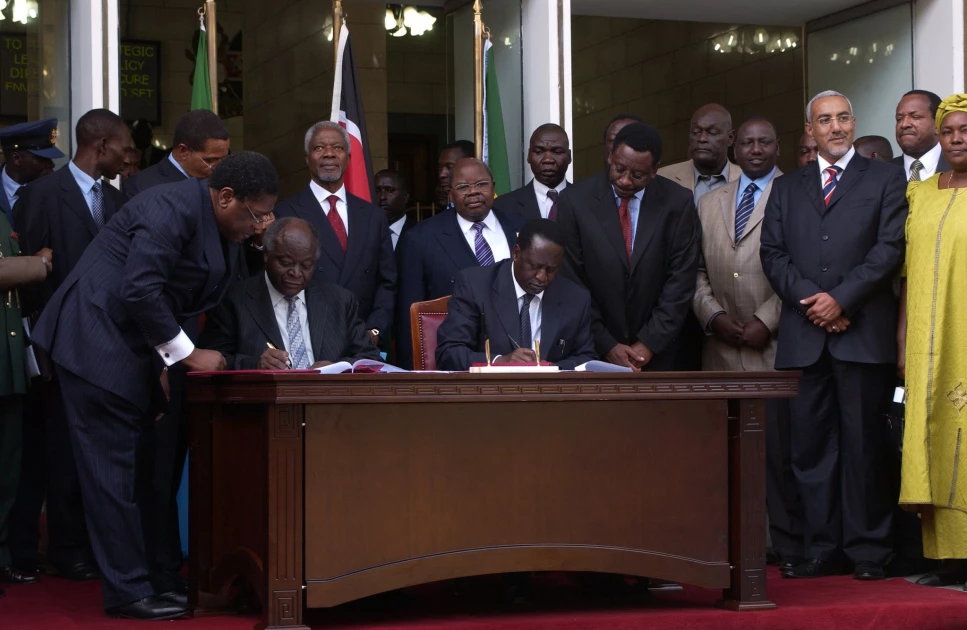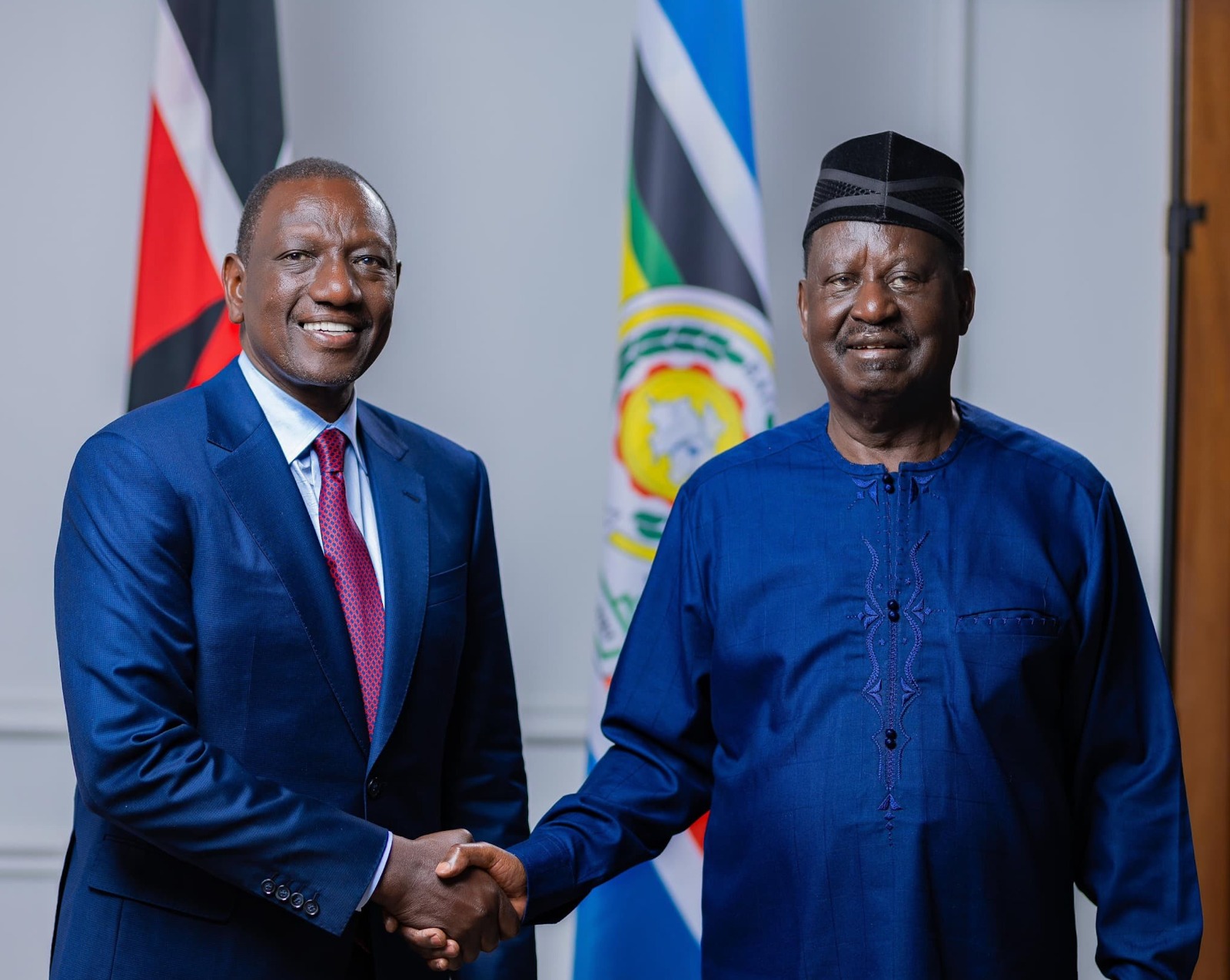The Story of Raila Odinga up to his Death



The Life and Death of Raila Odinga
This is a comprehensive account of the life and passing of Raila Amolo Odinga — detailing his origins, political journey, the events surrounding his death, and the legacy he leaves behind.
Early Life and Rise
Raila Amolo Odinga was born on January 7, 1945. He was the son of Jaramogi Oginga Odinga, Kenya’s first Vice President after the country gained independence. Coming from such a prominent political family placed him at the heart of Kenya's evolving political scene. He pursued his education both locally and abroad, later becoming actively involved in politics during the one-party era.
Political Career and National Impact
Odinga became a prominent figure in Kenya’s push toward multiparty democracy during the early 1990s, after decades of one-party rule. He was elected as a Member of Parliament in 1992 and remained a central political force for decades.
Despite contesting the presidency five times — in 1997, 2007, 2013, 2017, and 2022 — he was never declared the winner. However, his influence was undeniable. Following the violent aftermath of the 2007 elections, a power-sharing agreement led to his appointment as Prime Minister from 2008 to 2013.
One of his most significant contributions was his role in shaping the 2010 Constitution, a pivotal development in Kenya’s governance. Throughout his career, he was known as a staunch opposition leader, an advocate for reform, and a powerful voice among his supporters, particularly in the western regions of the country.
Circumstances Surrounding His Death
Raila Odinga passed away on October 15, 2025, at the age of 80. He died while in India, where he was receiving treatment for chronic illnesses, including diabetes, high blood pressure, and kidney complications.
On the morning of his passing, he reportedly collapsed during a walk at an Ayurvedic treatment facility in Kerala. Despite immediate medical attention, he succumbed to cardiac arrest and could not be revived.
National Mourning and Funeral
Following his death, the Kenyan government declared a seven-day period of national mourning. Flags were flown at half-mast, and a state funeral was organized in his honor. The funeral began in Nairobi and later proceeded to his home region, drawing massive crowds of mourners.
Unfortunately, during the memorial events, a tragic stampede occurred, resulting in the deaths of at least two people and injuries to over 100 others — a grim reminder of how emotionally charged and deeply significant his passing was for many.
His Legacy
Raila Odinga’s legacy is both complex and monumental. He is widely regarded as one of the architects of modern Kenyan democracy. Many view him as a champion of reform and a symbol of the struggle against authoritarianism and inequality.
Despite never securing the presidency, his impact was profound. He changed the political narrative, inspired millions, and played a key role in rewriting the country's governance through constitutional reforms.
His death has left a significant void in Kenya’s political landscape. The absence of his leadership is likely to reshape the future of his party and influence the broader direction of the opposition. His life was marked by resilience — from political detentions and exile to forming unlikely political alliances. He will be remembered not just for his politics but also for the hope and continuity he symbolized to many Kenyans.
Why His Death Matters
Raila Odinga’s passing signals the end of an era — the exit of one of Africa's last-standing political reformers from the late 20th century. It opens questions about the future of Kenya's democracy and political leadership. Who will fill the void? How will his movement evolve?
It also offers a moment to reflect on the gains made through his efforts — the growth of democratic institutions, electoral reforms, and national dialogue — and the challenges that still remain, including political division, trust in institutions, and ethnic tensions.
Above all, Odinga’s story underscores how political figures can transcend titles and offices, becoming symbols of hope and resilience for generations.














.jpg)














0 Comments